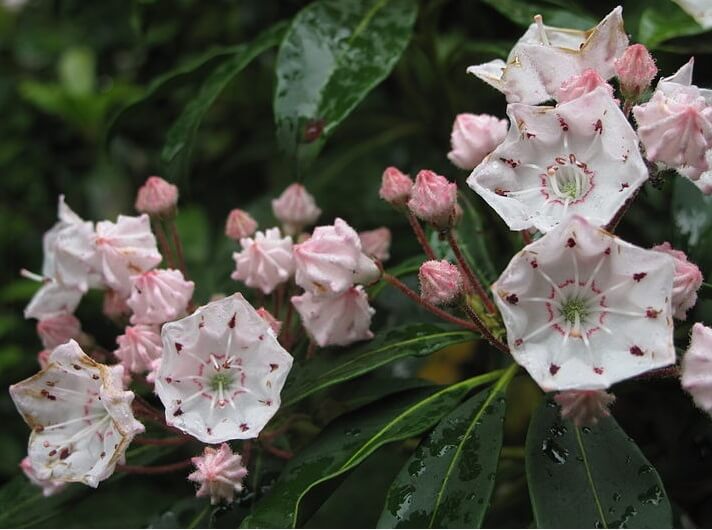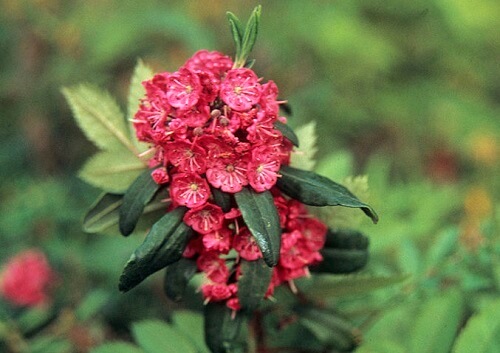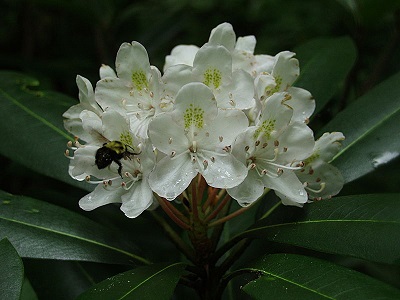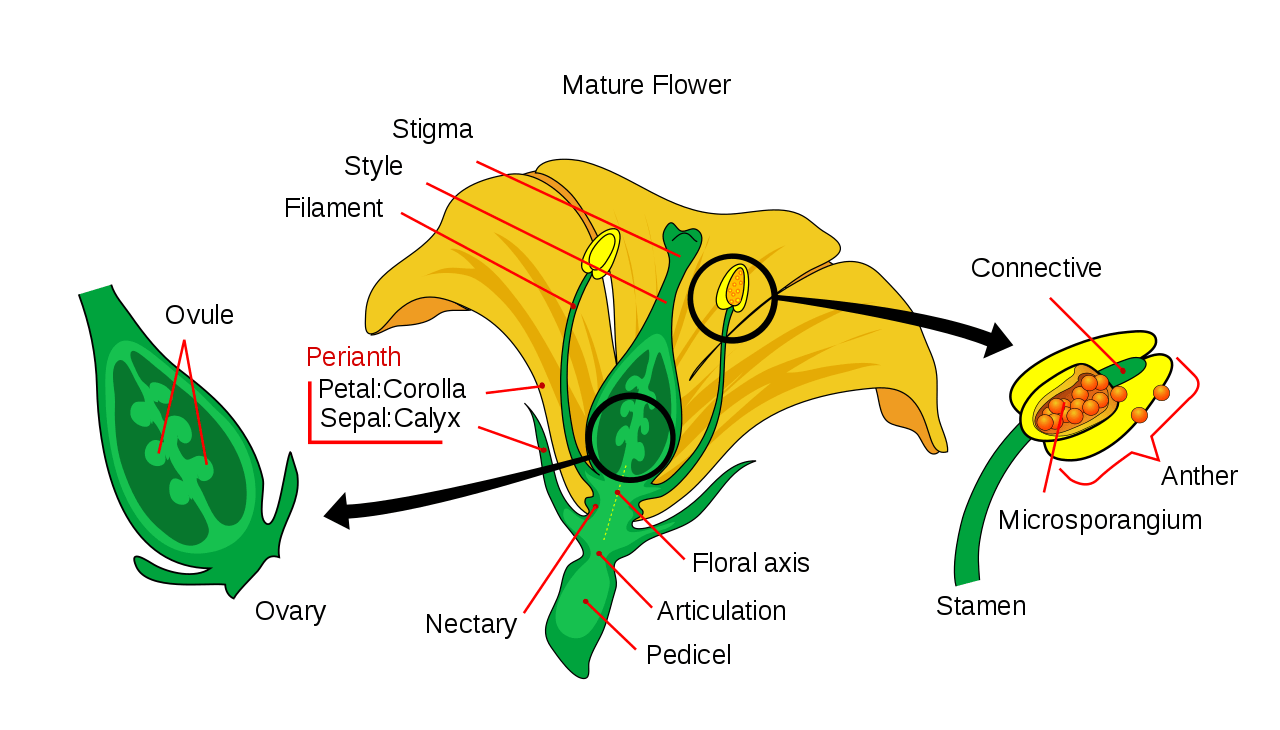 Plant Nature Study I
Plant Nature Study I
Plant Nature Study I
Plant Nature Study I




 Plant Nature Study I
Plant Nature Study I
Plant Nature Study I
Plant Nature Study I

Study the lesson for one week.
Over the week:
Plant Defensive Mechanisms:

Activity 1: Narrate the Story
Activity 2: Can You Find It?
Review the following flower parts on the diagram of the flower and relate them to the parts of the Mountain Laurel. Point to the part that:

Activity 3: Continue Your Experiment - Which Amount of Light is Best for Beans?
Activity 4: Complete a Field Book Entry

As you conduct your experiment, complete page 26 in 'Science Field Book for Third Grade.'